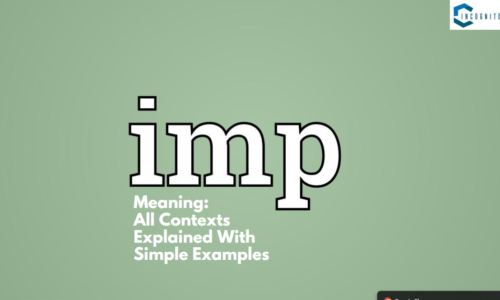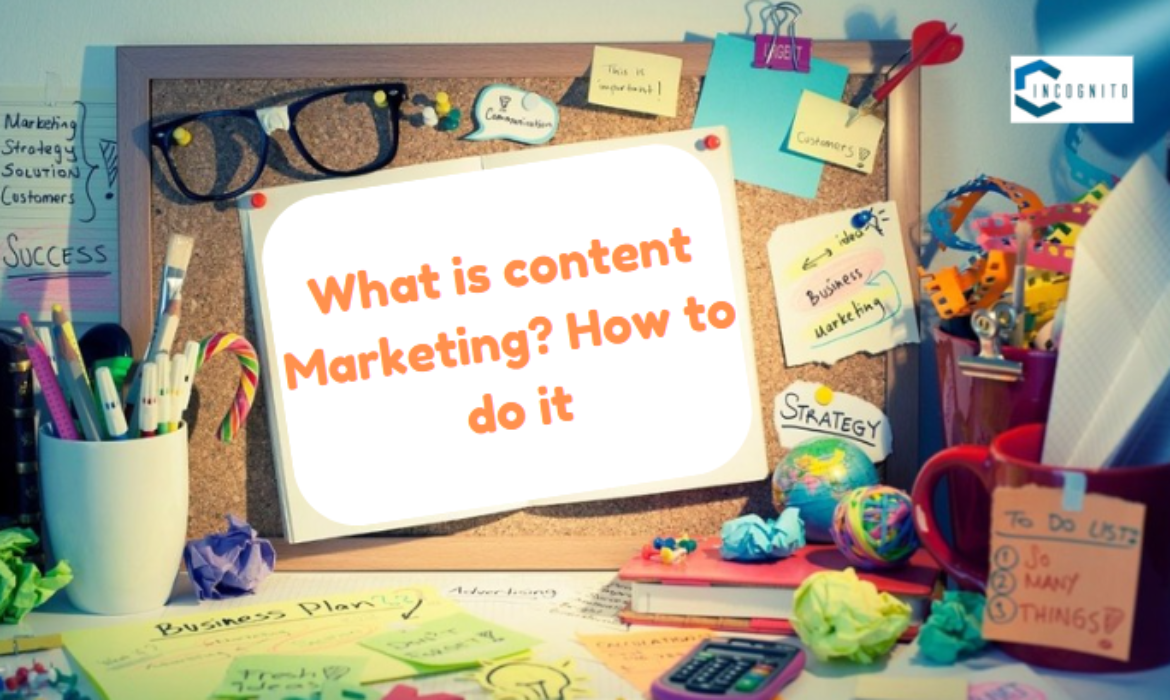
Currently, customers are surrounded by marketing communication information daily from various sources. Content marketing is then able to disrupt the noise by providing relevant and useful content that the target audience will find appealing and relevant. Now let’s define what content marketing is and how it can help your business.
What is Content Marketing ?
Content marketing is a strategic promoting approach focused on creating,promoting important content, publishing, and conveying content for a targeted audience online. The essential goal is to provide value, build believe, and drive client activity that’s productive for business. Not at all like conventional promoting, which specifically promotes items or services, content promoting points to engage the audience through important and valuable data.
Content can change widely in frame, including blog posts, articles, videos, infographics, podcasts, eBooks, and social media posts. The key is that all content should be profitable and relevant to the audience,educating, engaging, tending to their needs and interface.
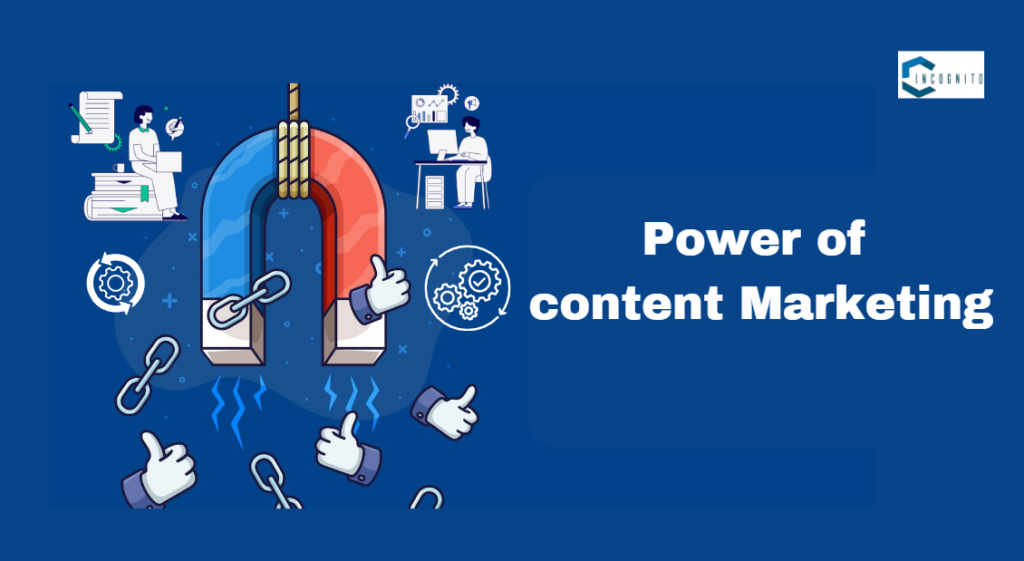
Power Of Content marketing
Power of Content Marketing
Builds Trust and Authority: By reliably giving valuable content, businesses can build up themselves as industry leaders and win the trust of their audience.
Improving Brand Visibility: Sharing high-quality content over numerous stages can essentially increment brand mindfulness.
Improving SEO: New, significant content is favored by search engines, helping to improve your websites search ranking and drive organic activity.
Producing Quality Leads: Profitable content attracts potential customers, directing them through the sales pipe and converting them into leads.
Boosting Customer Engagement: Engaging content fosters interaction and builds a faithful community around your brand.
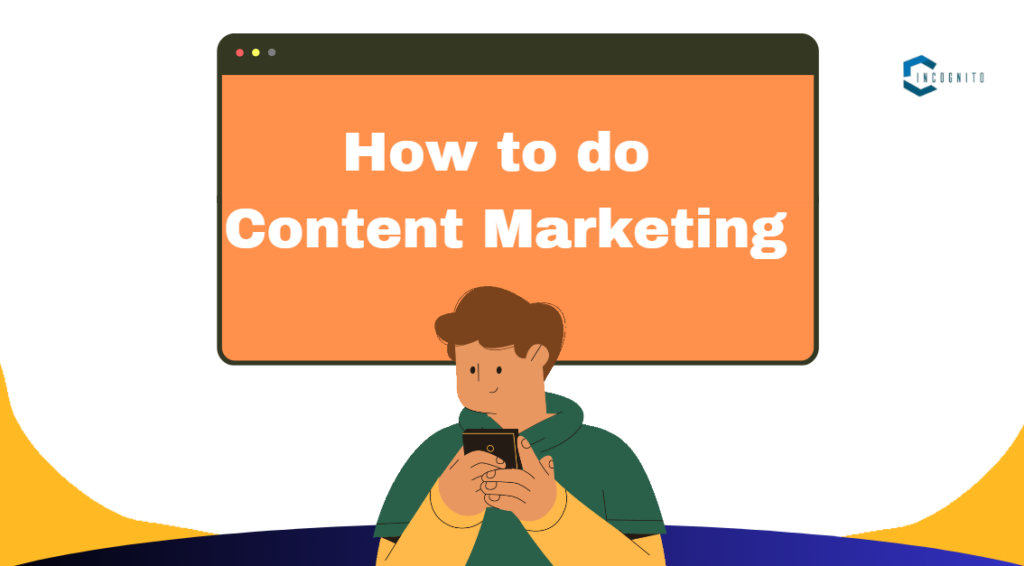
How to do content marketing?
How to Do Content Marketing
Define Your Goals:What do you want to achieve along with your content marketing? Common objectives include increasing brand awareness, driving activity, producing leads, or boosting deals. Clear objectives will guide your content creation and conveyance efforts.
Know Your Audience: The foundation of any great promoting procedure is understanding your target audience. Who are you trying to reach? What are their needs and pain points? Once you get it for your audience, you’ll make content that resounds with them.
Develop a Content Strategy: Structure your content based on the stages of buying process. However, don’t make it a point that you just have a mix of content kinds and formats so as to feed on audiences’ various tastes.
Create High-Quality Content: Emphasis should be on the quality of the content that is needed, relevant and interesting in the 21st century. It is good to use various elements in your creations like blogs, videos, infographics, and even episodes.
Optimize for SEO: It is best to build relevant keywords naturally into your article. It will also help you be specific to on-page SEO features such as meta descriptions, headers, and internal links. Cool and popular content makes people find your site using search engines and increase organic traffic.
Distribute Your Content: Convey your content through various platforms in which your audience is most likely to be present. This encompasses your site, social media pages, your mails and newsletters, and any other site you might be involved in.
Engage with Your Audience: Promote those comments, shares, and intelligence with your content. This will also make it possible for them to take part in discussions and give feedback thus engaging them on the brand.
Measure and Analyze: Also, organize your content as you track its performance using analytics tools available out there. The key metrics to screen include activity, engagement, leads developed, and conversion. To bring meaning out of chaos, examine the info mumbo-jumbo to determine what strategies are effective and which are not.
Repurpose and Refresh Content: To improve the desired result, choose the option of dividing your content into different groups or updating the information. For example, convert a blog post into a video or quiz, or renew an article that is thousands of posts old with current data.
Stay Consistent: In content marketing, it is essential that every piece published is consistent in its style and format.Upload new content and maintain a predictable frequency that also changes in response to the brand personality.
Why is Content Marketing Important?
The buyers in today’s world are more tired of typical pop up promotions. They often ignore the continuous stream of promotional messages that they receive from all sides. Content marketing provides an answer to this challenge since it allows the business to be heard amidst the noise.
Unlike blunt advertisements, content marketing subtly introduces items and services through useful, valuable content. It positions the customer at the heart of a brand’s informing strategy since it deals with transmitting useful data instead of annoying ads. When customers interact with content that actually interfaces and prospers them, organizations can possibly build strong relations throughout the consumer lifecycle.
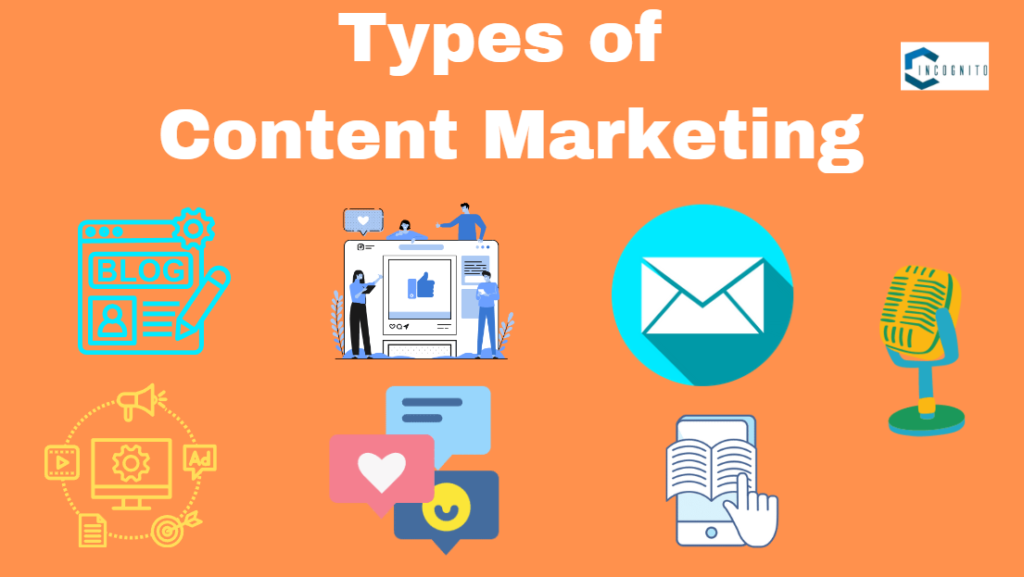
Types of content marketing
Types Of Content Marketing
Here are the most common types of content marketing:
- Blog Post Content Marketing
- Video Content Marketing
- Infographic Content Marketing
- Social Media Post Content Marketing
- E-mail Content Marketing
- Podcast
- Ebook
Blog Post
Blogs are informative articles written on a regular basis. They are a great way to share your company’s expertise, establish yourself as a thought leader in your industry, and attract organic traffic to your website.
Benefits: Boosts SEO, drives website traffic, and provides value to readers.
Video
Video marketing is one of the most effective promotional tools that can be used to educate the audience, entertain them and make them engage with the content. With videos, you can develop product tutorials, how to, conquer understanding, or convey customers. It is a picture or an image which can be used for the purpose of providing information in an engaging and fun way.
Benefits: Highly engaging, easily shareable, and suitable for multiple platforms.
Infographic
Infographics are a visual representation of information or data. They are a great way to break down complex topics into easy-to-digest pieces and make your content more shareable.
Benefits: Easy to digest, highly shareable, and visually appealing.
Social Media
Social media is a great platform to share your content and connect with your audience. You can use social media to share blog posts, infographics, videos, and other types of content.
Benefits: Enhances brand visibility, fosters engagement, and drives traffic.
Email newsletters are a great way to stay in touch with your audience and share your latest content. You can use email newsletters to promote new blog posts, offer discounts, and share other valuable information.
Benefits: Direct communication, builds relationships, and nurtures leads
Podcast
Podcasts are readily available in the form of digital audio files that can be downloaded and played on numerous devices. This is especially useful in a circumstance where you wish to share your content with a large audience or in a form familiar to them.
Benefits: Accessible on-the-go, builds a loyal audience, and fosters a personal connection.
Ebook
Ebooks can be defined as long-form content assets that provide readers with useful insights in a particular area of interest. It can be utilized to create leads, increase your brand recognition, and make yourself known as a specialist in your field.
Benefits: Generates leads, demonstrates expertise, and provides comprehensive insights.
Content Marketing and SEO
In any case, helpful content isn’t sufficient to ensure online visibility. SEO is the optimizing of a website to create it visible within the results of search engines like Google and Bing.Implementing SEO is useful for your content because 85.19% of all blog activity comes from organic search. Our State of Marketing also appears SEO (16%) and content marketing (14%) are the two best channels that drive the greatest ROI.
To attract traffic from organic search, I suggest you learn how to make an SEO technique. That said, below are a few high-level tips for supporting your content promoting efforts using SEO.
Start a blog. Having a blog on your site increments your indexed pages, which improves your chances of ranking on Google.
Conduct keyword research. Identify terms or phrases your target audience is likely to utilize when looking for data.
Create high-quality substance. Google prioritizes substance that gives value to users. Such content must too fulfill a user’s look. My suggestion? Point to create content that wins you a load of commend from perusers. At that point, deliberately incorporate related keywords and do on-page SEO to improve your ranking chances.
Build backlinks. Backlinks refer to links from other websites that point to your location. They’re truly considered a major Google ranking figure. Google as of late claimed it was deemphasizing backlinks as a ranking factor. In any case, a later Backlink considers that pages with lots of backlinks (still) rank over pages with less backlinks.
Conclusion
Content marketing may be a powerful tool that, when executed correctly, can change your brand’s relationship with its audience. By giving profitable and important content, you’ll be able build trust, upgrade brand visibility, and drive productive client activities. Take after the laid out steps to make a successful content marketing strategy that resounds along with your audience and accomplishes your business objectives.


